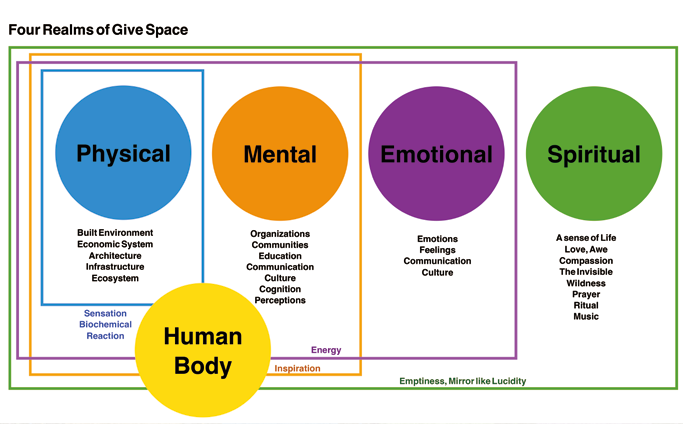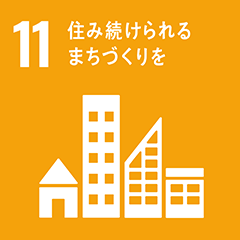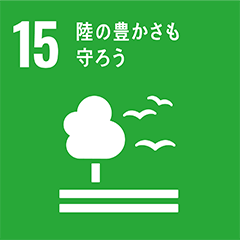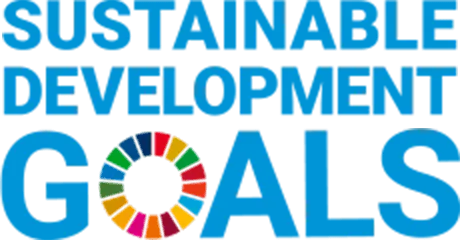Inochi Declaration
Return the land that humankind has long occupied to the lives beyond human beings.
Perhaps the most detrimental legacy of human civilization upon the Earth is that we have forgotten how to appropriately define our own territorial boundaries. In our detachment from the essential distance required to coexist with other forms of life, we have continued to exploit land under the authority of market economies and nation-states. Driven by irrational fears and insatiable desires for “more,” we have pushed countless species to extinction and generated unceasing discord among ourselves. The challenges addressed by the SDGs, at their core, can all be seen as issues of both literal and metaphorical space. That is because spatial issues transcend the physical environment. Geopolitical conflicts over energy, high-tech resources, or religion, unsustainable economic competition, and even discrimination based on race or gender, can all be understood as struggles over space—over the right to exist and belong.
What we humans must do, as those who continue to deprive other beings of their habitats, is to recover the bodily and spiritual awareness that we too are lives that exist on this Earth—and to begin returning those habitats to the lives beyond human beings. By reintegrating human habitats with nature, our social and economic activities can begin to slow down and align with Earth’s regeneration. In doing so, we can also enrich human well-being. Artist Naho Iguchi holds this vision and seeks, not as an activist, ecologist, or architect, but as an artist who shares time and space with all beings, to express compassion toward those others. Her art is not something to be passively observed—like paintings or music—but a process that actively involves people, transforming how we work, live, think, and feel.
She has been developing what she calls the “Give Space Urban Design Methodology” (Give Space), which regards ecosystems as teachers and aims to revolutionize human land use and development, returning habitats to other forms of life. To achieve this, it is not sufficient to address only the physical aspects such as buildings and infrastructure. While technical solutions may exist, they are often not chosen or implemented because they are obstructed by human systems—economic indicators, evaluation criteria, institutional behavior, and cultural frameworks—which themselves stem from the inner states of human beings.
Give Space approaches “space” through four dimensions:
1.Physical
2.Mental (economic, legal, organizational, cultural)
3.Emotional (feelings, emotions, sensitivities)
4.Spiritual (mind, soul)
It is a process of engaging with all these realms through everyday actions.
Based on her previous work, Iguchi established the General Incorporated Association Give Space Urban Design and will advance efforts to return land to non-human lives through three pillars:
● Research – showcasing pioneering global practices, architectural methods and tools, and promoting academic publications originating from Japan.
● Practice – providing urban development consulting services for the private sector, offering educational programs for individuals (especially children) to nurture “a sensitivity for Inochi” and “a love for nature”, and operating sites of practical Give Space implementation in collaboration with those who possess land but seek meaningful ways to use it.
● Evaluation – introducing new assessment methods that leave positive footprints on the Earth and supporting a transition toward life-centered values in as many development projects as possible.

The Inochi Forum will advocate for the principles of Give Space—enabling the sharing of habitats with the lives beyond human beings—to be embedded in national policies, urban development practices, and corporate initiatives, by engaging with policymakers, public officials, architects, engineers, and other professionals.
[Action Platform]
Urban Development and Disaster Preparedness
[SDGs]




